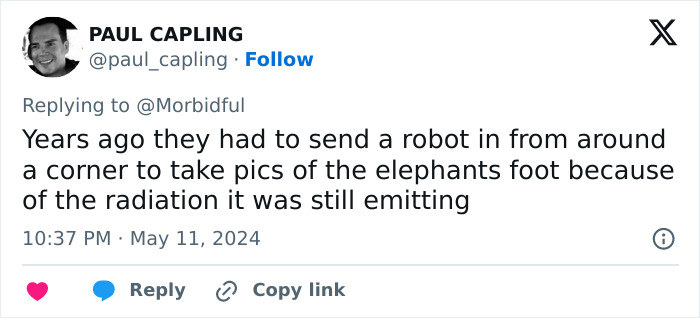In 1986, the emergency crews fighting to contain the nuclear disaster at Chernobyl made it into a steam corridor beneath failed reactor Number 4. There, they found what would become known as “the Elephant’s Foot,” which is considered to be the most dangerous piece of waste in the world.
The black lava oozing directly from the core of the reactor put out enough radiation to give a lethal dose in just 300 seconds, as per the science magazine Nautil.
Being exposed to it for 30 seconds would’ve been enough to give people dizziness and fatigue. At two minutes, they would’ve hemorrhaged; at four, they would’ve experienced vomiting, diarrhea, and fever.
In April 1986, the worst disaster in the history of nuclear power generation took place when reactor Unit 4 exploded at the Chernobyl Nuclear Power Plant
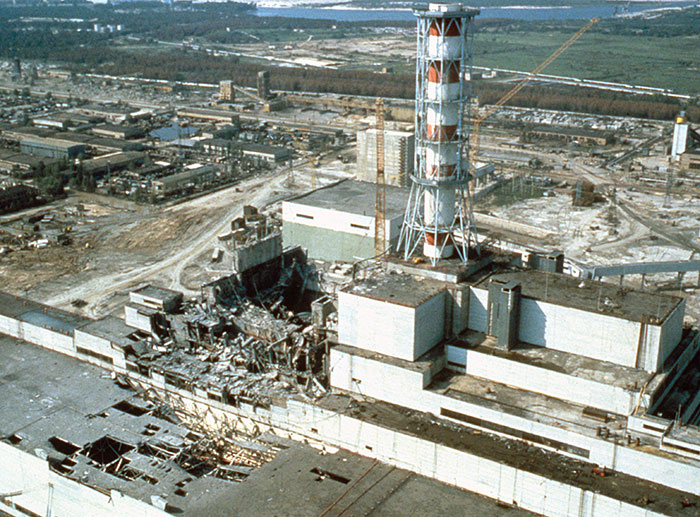
Image credits: Igor Kostin/Laski Diffusion/Getty Images
The “Elephant’s Foot,” discovered near Pripyat, northern Ukraine, consists of melted concrete, sand, core shielding, and nuclear fuel, a material that was dubbed “corium.”
It should be noted that the corium that makes up the “Elephant’s Foot” has only been formed five times: in Chernobyl, in the Three Mile Island accident in Pennsylvania 1979, and three times in the Fukushima Daiichi reactor disaster in Japan in 2011.
Once the nuclear fires were finally controlled, workers—or “liquidators,” as they were called—returned to the site to contain the dangers of the failed Chernobyl core.
To do so, they built a massive concrete enclosure to seal off the radiation from the outside world, leaving some open spaces to allow workers in.
As a result of the disaster, black lava began oozing directly from the core of the reactor
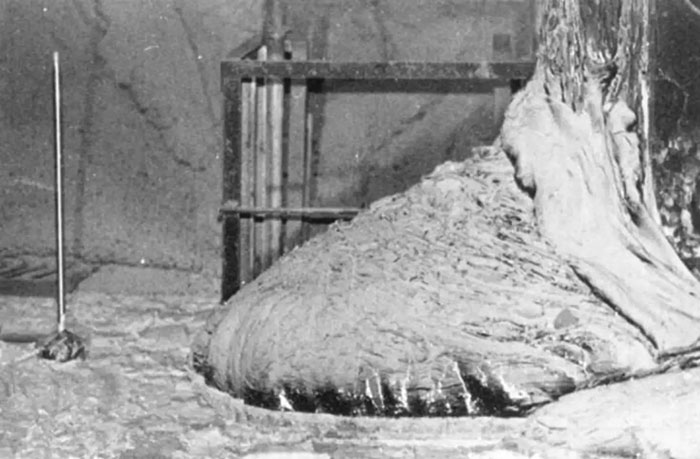
In December of 1986, seven months after the worst disaster in the history of nuclear power generation, liquidators discovered the large, deadly mass.
From a safe distance, they used a wheeled camera device and pushed it in the direction of the “Elephant’s Foot.”
There’s also evidence of a worker, believed to be Artur Korneyev, the deputy director of the New Safe Confinement Project, approaching the corium mass to take samples.
The deadly black mass became known as Elephant’s Foot
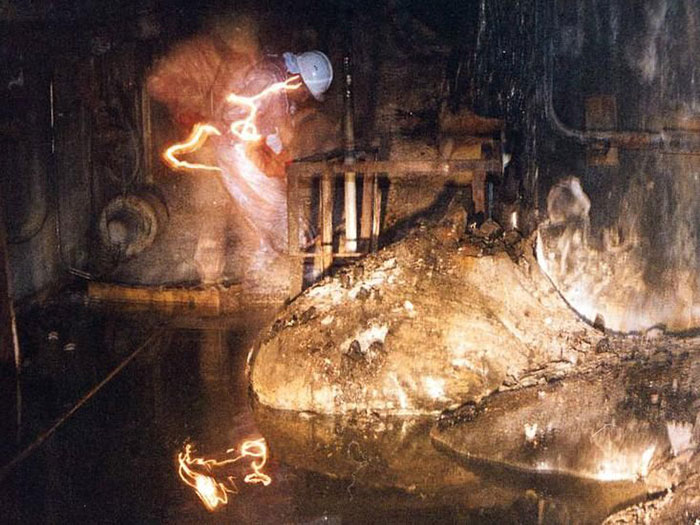
Artur also photographed the “Elephant’s Foot” using an automatic camera and a flashlight to illuminate the room.
At this time, ten years after the disaster, the black mass was emitting one-tenth of the radiation it once had.
Still, according to Nautil, 500 seconds near the mass formed underneath the Chernobyl Nuclear Power Plant would bring on mild radiation sickness, and a little over an hour of exposure would prove fatal.
It consists of melted concrete, sand, core shielding, and nuclear fuel—a material dubbed “corium“
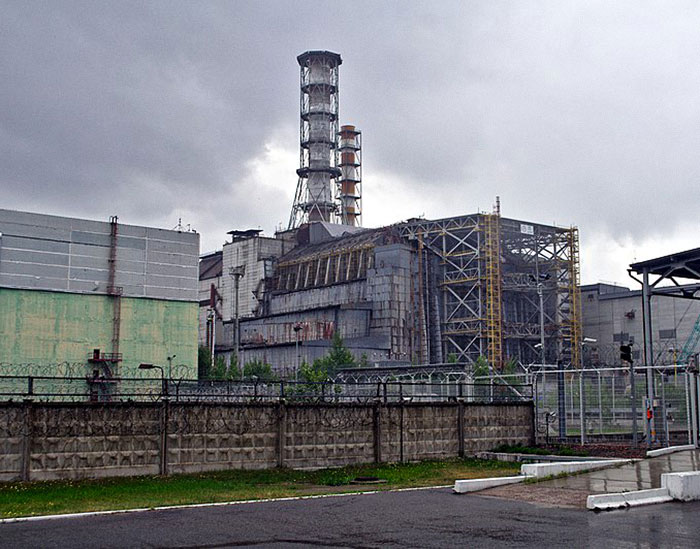
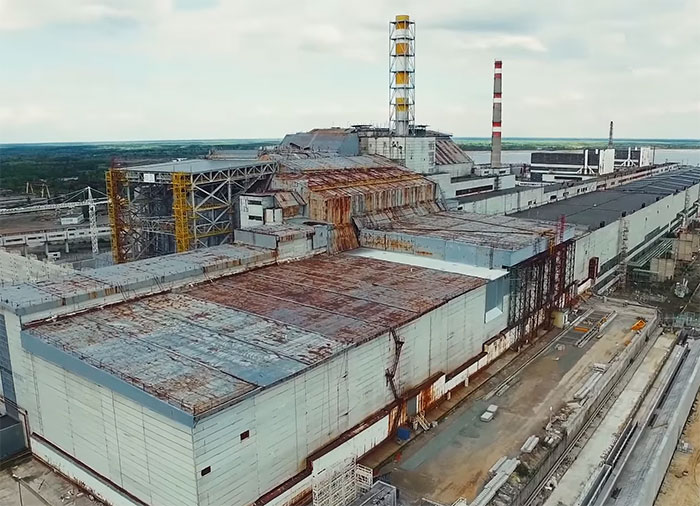
The Elephant’s Foot continues to pose a radiation hazard
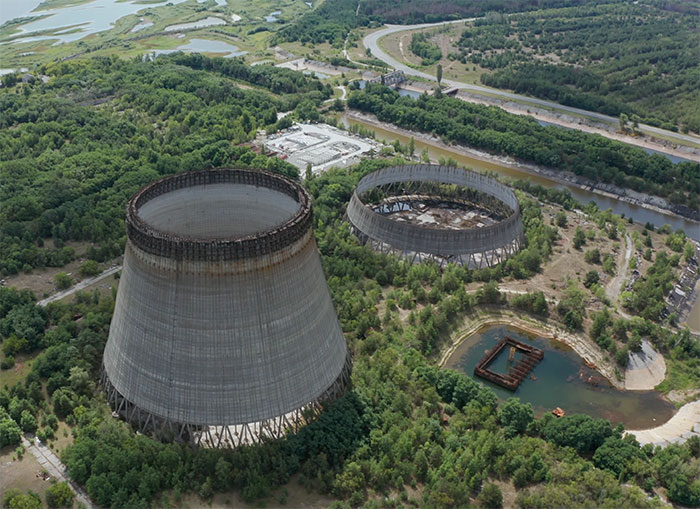
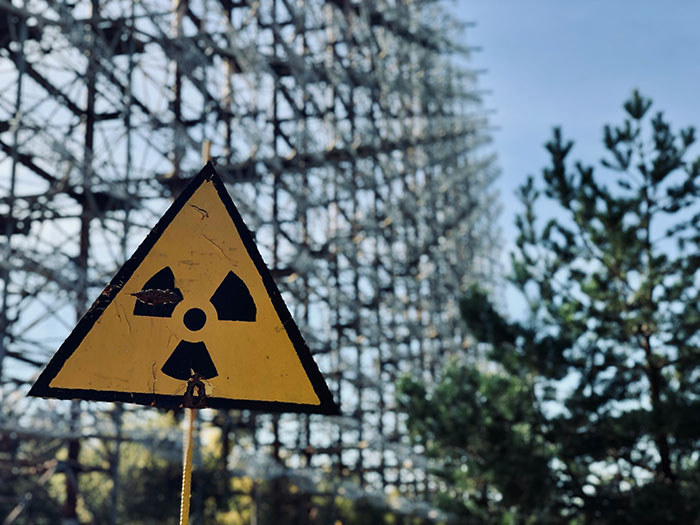
Pripyat, which used to serve as a closed town near Chernobyl, is now abandoned
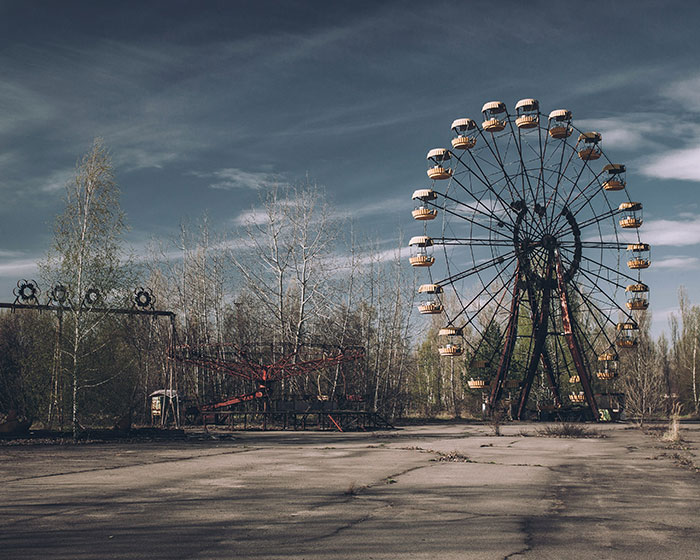
Now, nearly forty years after the nuclear disaster, this piece of waste reportedly remains a highly radioactive object. If it hits ground water, it could leach radioactive material into the water nearby residents drink, triggering another tragedy.
“To the extent that corium retains highly radioactive fission products, plutonium, and core materials that have become radioactive, corium will have a high dose rate and remain extremely hazardous many decades or even centuries to come,” said Edwin Lyman, director of nuclear power safety for the Union of Concerned Scientists.
“The entire Chernobyl site is quite fascinating,” a social media user commented

